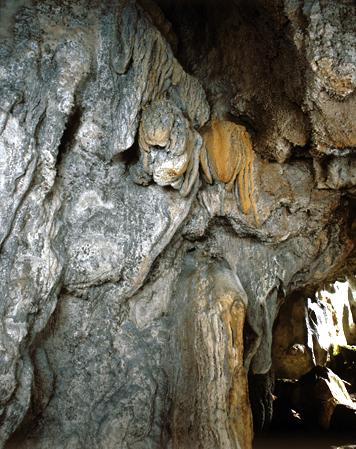
Cueva Rosa Partial Nature Reserve
- Title Ribadesella Eastern Asturias
- Extension Extension: 1,27 km 2
Images
Info
The cave is not open to the public and the entrances are closed.
It is an important karst complex that drains the waters of a large depression. Its development is intricate and its morphology is varied. It is a privileged ecosystem for cave fauna, as it has the largest known troglobitic population in Asturias, with more than 30 species of insects, one of which is new to science: Notidocharis calabresi. It is also the most important cavity in the region for its bats. Related to this complex is an important prehistoric site from the Solutrean and Magdalenian cultures.
It is a cave that is well known by the locals, who carried out the first explorations in search of treasures, to which popular folklore alludes. This system opens up in the limestone formation called El Pegadín, and has five entrances. The main axis is formed by the underground river, which is accessed through the sinkhole at the wide entrance to Cueva Rosa. The underground river can be followed downwards under the Flumens Gallery until it reaches the siphon, which emerges in the Bolugas Cave. From the upper entrance, the Cueva del Gato, there are various descending itineraries that lead to the middle level (fossil gallery, gallery of the wells, etc.), and from this level to the lower level of the underground river.
Map
Location
Cueva Rosa is located in El Pegadín, a limestone peak in the council of Ribadesella, between Calabrez and El Carmen/El Carme.

